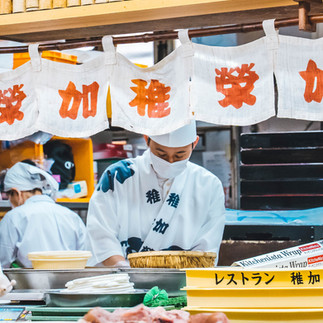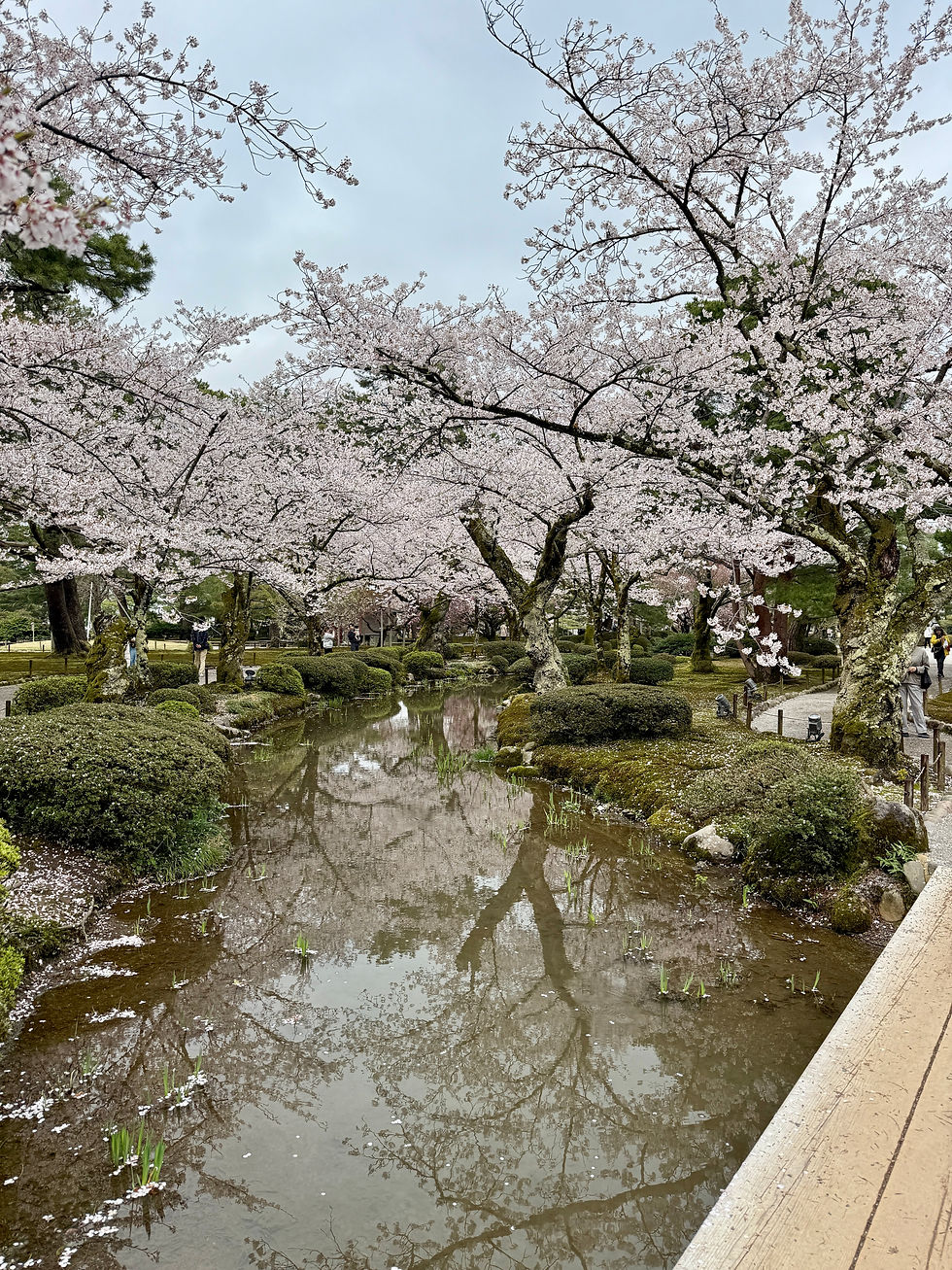What to do in Kyoto? Best tips for an authentic Japan travel experience
- Destination Explorer
- Aug 1
- 4 min read

Wondering what to do in Kyoto during your trip to Japan? This former imperial capital is bursting with ancient temples, tranquil gardens, and traditional teahouses where you can still experience authentic Japanese culture. Far from the hypermodern city life of Tokyo, you'll immerse yourself in a world of kimonos, geishas, ritual customs, and hidden alleyways steeped in history. In this blog post, I'll take you on a tour of the most beautiful sights, unique local experiences, and authentic tips for experiencing Kyoto in a unique way.
Arrive in Kyoto and spend the night in style
Our arrival in Kyoto by Shinkansen immediately felt special, despite the rainy weather. Fortunately, a unique experience was planned for the afternoon: a Japanese tea ceremony in a traditional teahouse.

In Kyoto we stayed at Hotel Kanra Kyoto , ideally located within walking distance of the station and right next to the impressive Higashi Hongan-ji temple .
This beautiful hotel is highly recommended in Kyoto. You'll receive a very warm welcome, and drinks are always available in the lobby for guests. We were greeted with a delicious cup of green tea. You can also enjoy wine, beer, sake, and hot and cold drinks from the lobby pantry. The rooms are traditionally furnished with tatami mats , each with its own private Japanese garden and a bath made of local cedarwood that exudes a wonderful aroma – a relaxing start to your visit to Kyoto.
Tea ceremony in kimono – a unique cultural experience
In the afternoon, we participated in a traditional tea ceremony at Kyoto Maikoya , near Nishiki Market. This was highly recommended, especially if you include the optional kimono experience. You choose your own kimono and accessories, and your hair is styled in the traditional way. The experience is completed with Japanese geta sandals .
During the ceremony, you'll learn to prepare Koyamaen matcha authentically and serve tea with respectful bows, the swirling of the tea bowl, and—yes, a hearty slurp as a sign of appreciation. An intense yet special experience! Frothing the matcha was especially challenging.
The Nishiki Market and Nishiki Tenmangu Shrine
After the ceremony, we strolled through Nishiki Market , a covered street full of street food, stalls with fresh fish and meat, and small souvenir shops. Along the way, you'll also pass the charming Nishiki Tenmangu Shrine , a small Shinto temple tucked away among the shops.
Fushimi Inari Taisha – walking among a thousand torii gates
The next morning we got up early to visit one of Kyoto's most famous sights: Fushimi Inari Taisha .
From Kyoto station we took the Nara Line (included in the JR Rail Pass ) towards the temple complex.
Pro tip: Visit this spot as early in the morning as possible to avoid the crowds. Preferably on a Tuesday or Wednesday, when Kyoto is considerably quieter.
The path leads past thousands of red torii gates to the summit and back down again. You can literally walk around the mountain. I highly recommend this, because the further you walk, the fewer people you'll encounter. Along the way, there are drink and snack stalls, and signs warning of monkeys and wild boars (which we thankfully didn't encounter). The walk takes two to three hours and rewards you with stunning views of Kyoto.
What to do in Kyoto? Visit Kiyomizu-dera Temple and hidden gems in the city.

After a short break, we took the train and bus to Kiyomizu-dera Temple . The way there is up a steep street lined with shops and people, but the view from the top makes up for everything.
This temple, over 1,250 years old, is one of the most important in Japan. The entrance fee is 400 yen, but it's also worth it just to admire the surroundings. During cherry blossom season, it's an enchanting place.
After our visit to the temple, we settled down on the rooftop terrace of the Cicon Hotel for a well-deserved drink and a phenomenal view over the city.
We walked back through the colorful Sendocho district.
Explore Kyoto on two wheels – a bike tour with local guides

On our last day we opted for a guided bike tour through Kyoto – an absolute must for anyone who wants to experience authentic city life.
We started in the famous Gion district , one of Kyoto's oldest neighborhoods. Here, you can wander through narrow streets lined with traditional wooden machiya houses and get a glimpse into the mysterious world of geishas. Although touristy, the district exudes a unique atmosphere, especially in the morning when it's still quiet.
We cycled towards Kennin-ji Temple , an important Zen temple from the 13th century. Near Kennin-ji, a collapsed temple was recently impressively rebuilt to level with the rest of the complex.
Our route continued to Hokan-ji Temple , home to the iconic five-story Yasaka Pagoda from the 6th century—a true landmark of the historic Higashiyama district . We also enjoyed a delicious coffee at Arabica.
Afterwards we visited the giant Buddha statue Ryozen Kannon , which at 24 metres tall pays tribute to the victims of World War II.
We continued cycling through Maruyama Park , where you can admire the famous blossoming "Gion Shidare" cherry tree, towards Chion-in Temple , famous for its monumental Sanmon Gate , one of the largest wooden gates in Japan.
The tour also took us past the Kyoto Zoo to the Lake Biwa Canal Museum , where you can learn about the historic transportation system that connected Kyoto to nearby Lake Biwa .
A highlight was the drive along the serene Philosopher's Path , a 2-kilometer canal path lined with cherry trees that runs from Ginkaku-ji (Silver Pavilion) to Nanzen-ji Temple . The name refers to the philosopher Nishida Kitaro, who meditated here daily.
We ended our tour along the tranquil banks of the Kamo River , once a crucial source of drinking water for Kyoto. Today, it's a popular spot for locals and tourists alike, where you can spot birds, fish, and even the rare Japanese giant salamander.
Why Kyoto is an essential stop in Japan?
Kyoto is undoubtedly one of the most beautiful cities in Japan. From traditional tea ceremonies to spiritual walks through temple complexes, you'll be immersed in Japanese culture here.
This city is perfect for those who appreciate tranquility, rituals, and rich history . Thanks to its easy accessibility by Shinkansen and extensive local transportation network, Kyoto is easy to plan into your itinerary.
Want to know more about Japan? Check out more blogs here or view my itinerary !














































Comments